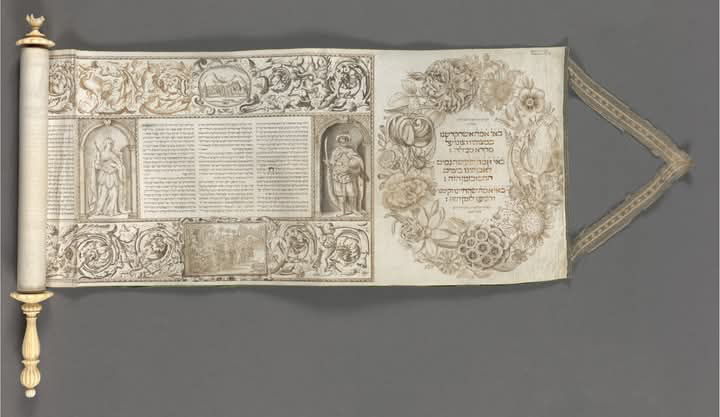Cheshvan (also called Marcheshvan) is the eighth month of the ecclesiastical year and the second month of the civil year in the Jewish calendar, usually occurring in October-November. The name Cheshvan derives from the Babylonian word Marcheshvan, while its original Hebrew name was Bul, meaning "rain" or "drip," reflecting its association with the rainy season in Israel. The prefix "Mar" was later interpreted as "bitter" because Cheshvan is unique for having no holidays or festivals, making it a month of reflection and solemnity following the busy holiday month of Tishrei. It is also called "Chodesh Bul" referring to its connection to the rainy season and agricultural significance.
Religiously and biblically, Cheshvan holds significance as the month during which the Great Flood began (17th of Cheshvan) according to Jewish tradition, an event described in Genesis 6-8. Noah and his family endured the flood, and it marked divine judgment on a wicked generation. Cheshvan is also linked to the completion of Solomon's First Temple, although its dedication was delayed until Tishrei. Additionally, the rainy season (Yoreh) begins during Cheshvan, critical for sustaining life and crops in Israel. The month is also seen symbolically as a time of judgment and grace, and some traditions view it as a preparatory period for the Messiah and future redemption.
Traditional customs during Cheshvan include several fasts, most notably the Fast of Behab, consisting of fasts on the Monday, Thursday, and subsequent Monday after the festivals of Sukkot and Passover, observed mainly by Ashkenazi communities. On the 27th of Cheshvan, some observe a minor fast called Yom Kippur Katan ("small Yom Kippur"), with prayers and introspection. On the 7th of Cheshvan, prayers for rain are added to the daily Amidah (Shmoneh Esreh) to invoke a fruitful rainy season. Despite no major holidays, Cheshvan is a time of spiritual reflection, fasting, and preparation with hopes for growth and renewal.
Cheshvan is a month of sober reflection tied to important biblical events and natural cycles, marked by customs of fasting and prayer, and is symbolically connected to themes of judgment, grace, and hope for future redemption.















